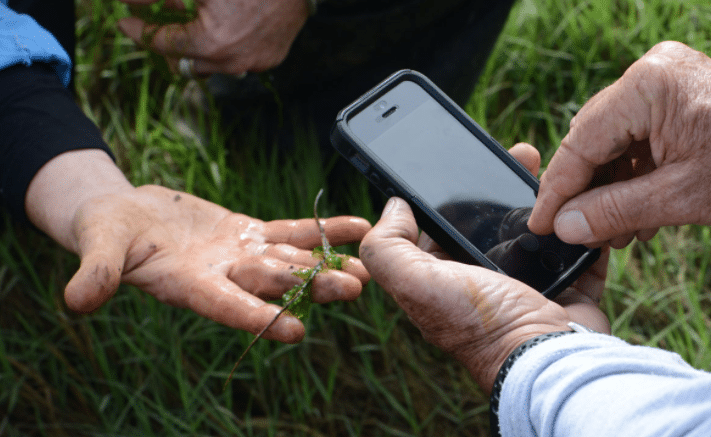There are 320,000 types of plants that exist today, and how many can a mere human remember? It is undoubtedly complicated for us, ordinary people, to know about all types of species. Therefore, technology gave us a helping hand.
Today, with the help of AI technology, we have hundreds of plant identification apps. It is like an online, virtual database that you can access whenever you want. You simply have to open the app, scan the plant you want to know about, and it will give you all the details about it. Once you know the basics, you can explore all the apps have to offer.
Below are the best plant identifier apps to help you enhance your knowledge of any plant species.
PlantNet Plant Identification

The first on our list is the PlantNet plant identification app, a free app developed in 2009. Since then, with the help of various world-renowned scientists and botanists, the app has updated itself to unreal potential. Today, it identifies and has a database of around 20,000 species. The users who use the app can also add images of newer species. Then those are added to the database as well after verification.
The app and the developers have described it as the “citizen science project on biodiversity.” They have designed the app and structured it like multiple projects, with over one million images in its database to identify all types of plants and species.
The first one is the geographical project, which has over 22 projects currently and covers the plants worldwide based on their geographical location.
The second one is the thematic project, which currently consists of three projects and covers cultivated and ornamental plants.
The third is the micro-projects, which have three projects in them. This one consists of parts of a smaller region and maybe the local plants found in those particular areas only.
The photo quality is essential when using identifier apps since this is the base of the AI, and the better the photo, the more accurate the results are. You can click a picture through the app and read the description, or if you want to add it to the database. This app is available on both IOS and Android.
iNaturalist

The next app that we have on the list is iNaturalist, a free-to-use app that first came into existence in 2008. After many collaborative efforts throughout the years, iNaturalist became a successful app. Since 2012 it has been successfully upgrading itself, and the number of users has also doubled. The database of iNaturalist is much more comprehensive now, with over 66 million observations. It is an identifier social media platform for all plant lovers. It is where various users share their observations and pictures just like we do on Instagram or Facebook.
These observations made by the users go on to the database, which is how iNaturalist keeps growing. If you post a picture of a plant you want to know about, the other users will help you. This is how image identification works. Unclear images might have some trouble getting verified, but iNaturalist gives you alternatives for that as well.
It helps users know what kind of variety they can find around their location. You might often not even know what types of plants exist in your area. Still, iNaturalist helps you know about these observations and sightings. iNaturalist is available on both IOS and Android.
PlantSnap

The third app on our list is the PlantSnap app. It is also completely free to use. The developers’ main aim was to bring about a virtual interface between humans and plants. The app is quite strong in databases and has indeed turned out successful since its launching.
PlantSnap has 500,000 species in its database, including plants, cacti, mushrooms, and many other ornamental plants. With the help of 150 million images, the verification and the database of this app is extremely strong and trustworthy. The thing which separates it from all the other apps is its feature to offer the user an interface that is accessible in 30 different languages.
The app is straightforward to use, and you have to carefully click a picture of the plant or a part of it. With the help of AI technology, and depending upon the quality of the image, the app will give you accurate results. If you are unable to find the plant in the results, you can be the one to add it to the database with details. PlantSnap tries to give you as much information about the plant as possible, from size to places it thrives in and its fruits. The app is available in both IOS and Android.
Conclusion
These are the three best apps you can get for plant identification. They are free, and they are reliable, and that is the reason they are preferred by people all around the globe. Please choose the one that suits you best or try all of them since they all are free. Just make sure that whichever app you use, the picture quality and angle are appropriate for the AI to detect the species. Now go ahead and try these apps without wasting any more of your time!


